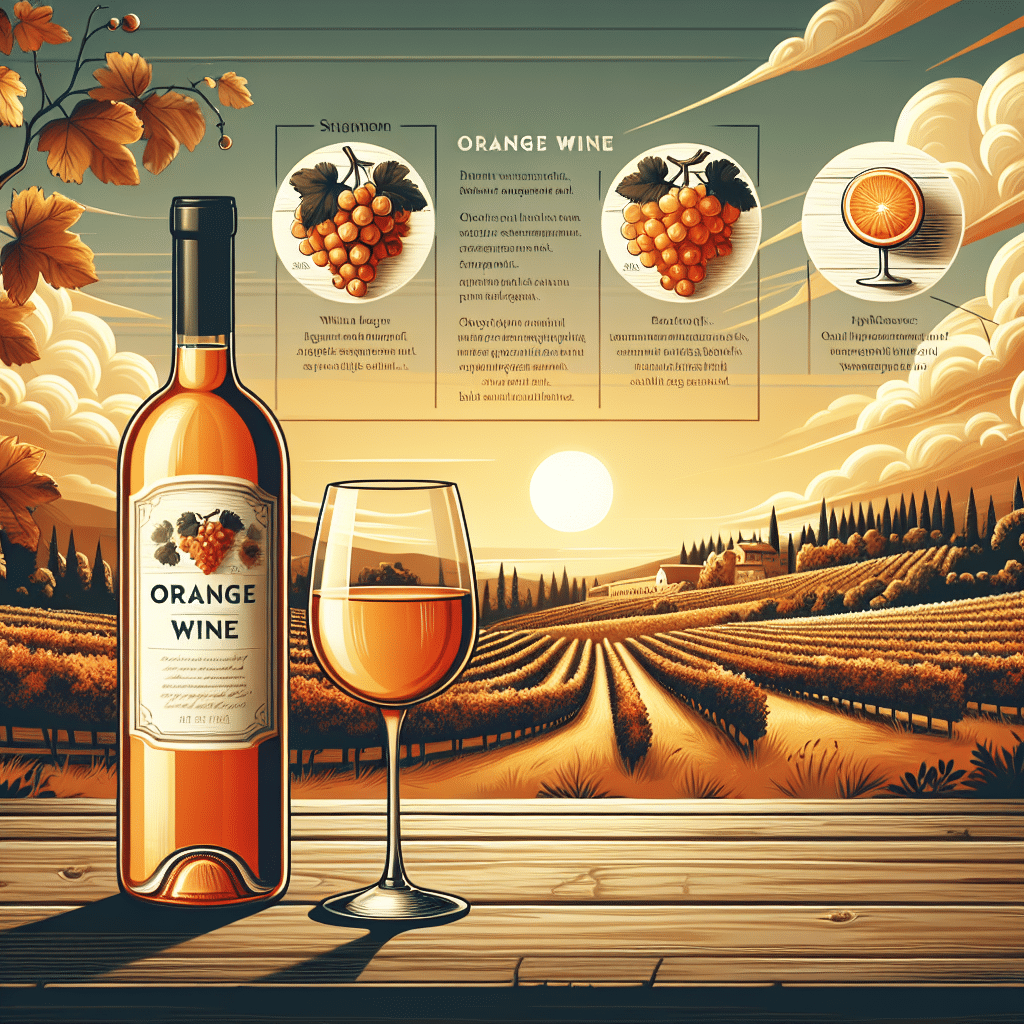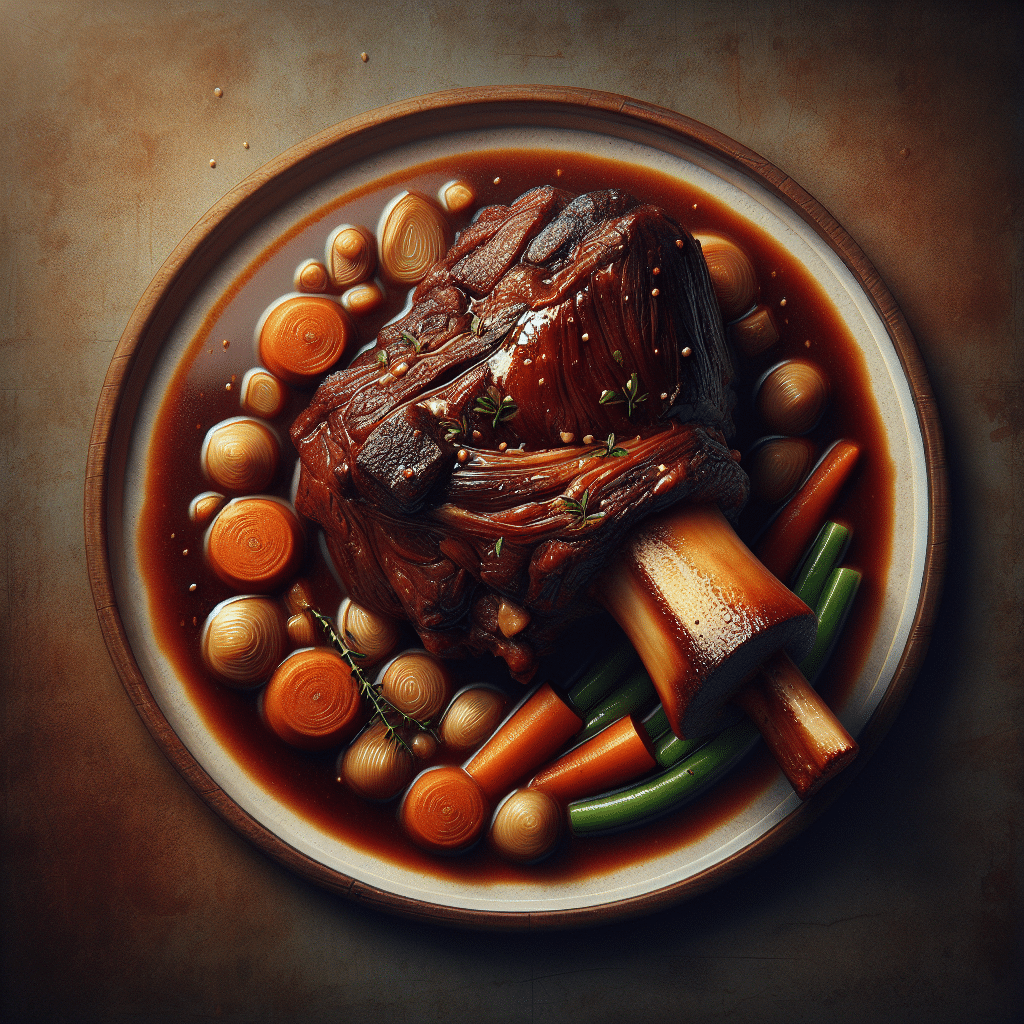What is Orange Wine?
Orange wine is a unique style of wine made from white grapes that undergo extended skin contact during fermentation, resulting in a distinctive amber or orange hue. This vinification process, often associated with ancient winemaking traditions, allows for the extraction of tannins, color, and flavors from the grape skins, much like red wine. The result is a complex, aromatic wine that often features a range of flavors, from stone fruit and floral notes to earthy and tannic elements. Orange wines are typically made using organic or biodynamic methods, highlighting their natural origins. This growing trend has captivated wine enthusiasts and casual drinkers alike, leading to increased interest and exploration of orange wines in markets worldwide, particularly within the United States.
1. The History of Orange Wine
Orange wine has roots that date back thousands of years, primarily originating from the winemaking regions of Georgia in Eastern Europe. Archaeological findings indicate that winemaking practices utilizing skin contact were developed around 6000 BC. In this traditional method, white grapes were pressed and fermented with their skins for an extended period, producing a wine that boasts both tannins and a rich colour. This technique found its way into various wine cultures across Europe and has experienced a renaissance in recent years, as modern winemakers rediscover these ancient practices, often seeking to create wines that reflect a more natural approach.
2. The Winemaking Process
The process of making orange wine begins with the selection of high-quality white grapes, such as Pinot Grigio, Sauvignon Blanc, or Ribolla Gialla. After harvesting, the grapes are crushed, and the skins, seeds, and pulp are left in contact with the juice during fermentation—a practice not commonly applied in white wine production. This extended maceration period typically lasts from a few days to several months, depending on the desired wine style. This unique interaction with the grape skins is what imparts the wine’s characteristic colour, aroma, and texture.
After fermentation, the wine is often aged in neutral containers like large oak barrels, amphorae, or stainless steel tanks to avoid overwhelming the wine’s natural flavours. No additional fining or filtering is often used in the process, in alignment with the principles of natural winemaking. This minimal intervention approach also allows the wine to express its terroir, which refers to the unique environmental factors that influence the taste and characteristics of the wine.
3. Flavor Profiles and Characteristics
Orange wines are renowned for their complex flavour profiles that can range widely based on the grape variety used and the specific techniques employed in vinification. Common tasting notes include:
- Fruit Flavors: Stone fruits such as apricots, peaches, and plums are often prominent, showcasing a vibrant acidity.
- Earthy Undertones: Many orange wines exhibit a subtle earthiness, with hints of nuts, herbs, or even tea leaf flavours adding depth.
- Textural Components: The extended skin contact results in a tannic structure that can give orange wines a mouthfeel similar to red wines. This can create a rich and fuller-bodied experience.
- Oxidative Qualities: Some orange wines may have slight oxidative characteristics, lending them a savoury quality and a nuanced flavour that evolves in the glass.
These diverse profiles make orange wine a versatile partner for food pairings, complementing a range of dishes from roasted meats to vegetarian fare and cheeses.
4. The Rise of Popularity in the United States
In recent years, orange wine has gained considerable popularity in the United States, primarily driven by an increasing interest in natural wines and alternative varietals. A new generation of wine drinkers is more adventurous, seeking unique flavours and experiences rather than mainstream options. This shift is reflected in the rising number of natural wine bars and retailers across the country, many of which showcase orange wines alongside their red, white, and bubbly counterparts.
Social media also plays a pivotal role in this surge, with wine enthusiasts sharing discoveries and recommendations. Influencers and sommeliers actively expressing their affinity for orange wines have further propelled this movement. Enthusiasts often describe their experiences with these wines as an exploration, promoting a sense of discovery and excitement.
5. How to Taste and Enjoy Orange Wine
When tasting orange wine, it’s essential to focus on its unique attributes. Here are some tips for enjoying your next glass:
- Glassware: Use a tulip-shaped glass to allow the aromas to develop and concentrate. This shape also helps maintain the wine’s temperature.
- Temperature: Serve orange wine slightly chilled, typically around 50-55°F (10-13°C), to enhance the intricate flavours while still showcasing its structure.
- Tasting Technique: Take the time to swirl the wine, allowing it to breathe and release its aromatic compounds. Pay attention to the first aromas and flavours you perceive, then take a sip, letting the wine coat your palate.
- Pairing: Experiment with various food pairings. The tannic qualities of orange wine harmonize beautifully with grilled fish, vegetable dishes, or spiced meats.
6. Frequently Asked Questions (FAQ)
What grape varieties are commonly used to make orange wine?
Grape varieties often used for orange wine include Pinot Grigio, Gewürztraminer, Ribolla Gialla, and Sauvignon Blanc. Winemakers select grapes based on their ability to withstand longer skin contact for optimal flavour extraction.
Is orange wine sweet or dry?
Orange wine can be found in both sweet and dry styles. The dryness typically depends on the winemaking technique and the grape variety used. Producers often focus on creating a balanced, dry product, allowing for the wine’s complex flavours to shine.
How does orange wine differ from red and white wine?
The primary distinction arises from the production process. While red wine is made from red grapes with skin contact and white wine is made from white grapes without skin contact, orange wine employs extended skin contact with white grapes, imparting tannins and a deeper colour.
Why should I try orange wine?
If you’re eager to explore different wine styles, orange wine offers a unique tasting experience that bridges the gap between red and white. Its complexity and versatile food pairing capabilities make it an exciting choice for wine lovers.
7. Conclusion
Orange wine, with its intriguing history, unique winemaking process, and diverse flavour profiles, represents a compelling facet of the wine world. Whether you are a seasoned wine enthusiast or a curious newcomer, exploring orange wines can provide rewarding insights into ancient practices that continue to thrive today. With its growing availability and popularity in the United States, now is the perfect time to embark on your journey through the captivating world of orange wine.



